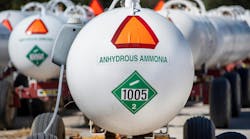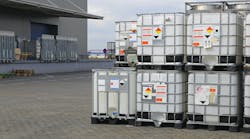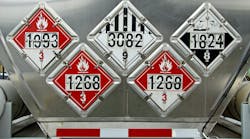A recent review of the Pipeline and Hazardous Materials Safety Administration’s (PHMSA’s) rulemaking proposal for rail shipments of crude oil suggests that it could have a much broader impact. Tank truck operations also are very likely to be affected.
Currently under review at the Office of Management and Budget, the rulemaking proposal primarily targets crude oil shipments in DOT111 tankcars, according to Vanessa Sutherland, PHMSA general counsel. She gave an update on the rulemaking proposal June 3 during the International Liquid Terminals Association’s 34th annual International Operating Conference in Houston TX.
The rulemaking came in response to several serious and tragic accidents in the United States and Canada over the past several years involving shipments of crude oil from the shale plays in those countries. PHMSA officials quickly realized they needed a better understanding of the factors involved in the accidents, according to Sutherland.
What they found was that shale oil and gas development has been a game changer for the transportation sector. A lack of pipelines in the shale plays—especially the Bakken area in North Dakota and the Eagle Ford in Texas--brought a large spike in rail and truck transportation of crude oil.
“We had no idea of the tremendous growth in crude oil transportation that had occurred in these modes,” she said. “Currently, 750,000 barrels of crude oil a day are moving by rail, and the volumes continue to grow. We didn’t understand the volatility of the shale oil. One accident can have significant consequences.”
PHMSA launched Operation Safe Delivery, a comprehensive approach to risk management related to crude shipments. The rulemaking calling for improvements to DOT111 tankcars was initiated in September 2013. In addition, emergency orders were issued on the proper analysis of crude oil being shipped from the shale plays, and this aspect of the rulemaking certainly will have a broader impact on the crude transport sector.
Initial PHMSA findings suggest that Bakken crude, in particular, appear to have lower flash and boiling points. Vapor pressures are higher. There is a higher C1-C4 content of methane, ethane, propane, butane, and other components. Sutherland suggested that there are indications that product characteristics may change as the crude moves through the transport process.
“We need to do a lot more testing,” she says. “Our testing so far has been just at the origin point. “I want to emphasize, though, that the Bakken crude is not an exotic product. It is just a flammable liquid, but it may be more so than crude oil handled in the past.”








